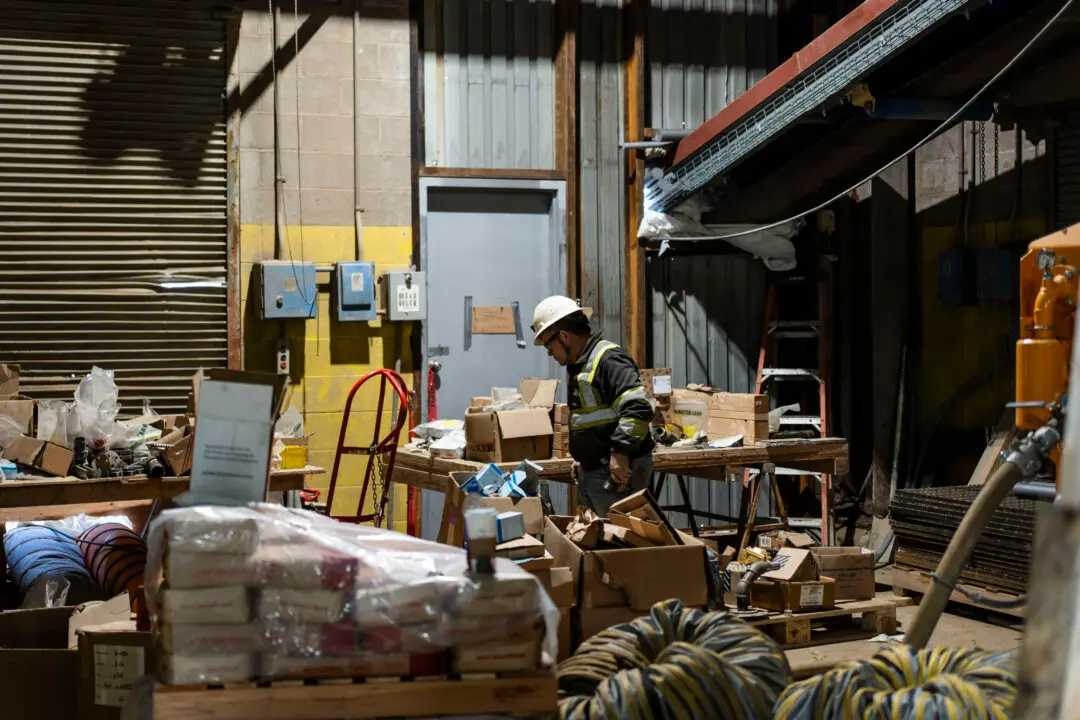Advanced aerial mapping technology has led to what National Geographic is calling a “major breakthrough” in Mayan archeology–the discovery of tens of thousands of previously undetected houses, palaces, elevated highways, and other man-made features—hidden by a thick jungle canopy in Guatemala, eluding the human eye for centuries.
Researchers hail the find as highly significant because it suggests that millions more people likely lived there than was previously believed. Moreover, the complexity of the discovered structures is strong evidence that the region boasted a more advanced civilization, closer to sophisticated cultures like ancient Greece or China.




